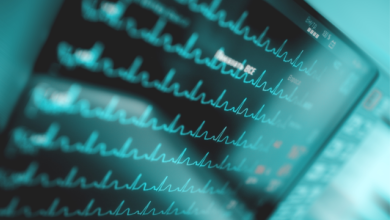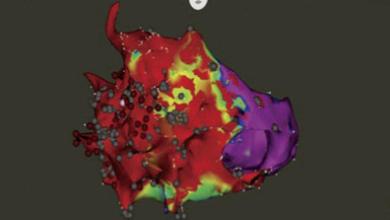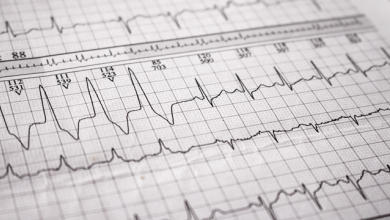Search results
Author(s):
Nikolaos Papageorgiou
,
Neil T Srinivasan
Added:
3 years ago
Author(s):
Benjamin L Freedman
,
Timothy R Maher
,
Madison Tracey
,
et al
Added:
10 months ago
Author(s):
Mouhannad M Sadek
,
Robert D Schaller
,
Gregory E Supple
,
et al
Added:
3 years ago
Scar-related reentrant ventricular tachycardia (VT) may be present in a variety of structural heart disease (SHD) phenotypes. In this setting, VT circuits are comprised of viable myocytes separated by fibrosis, allowing for the slow conduction needed to facilitate reentry.1,2 Aetiologies of fibrosis include ischaemic heart disease (IHD), inflammatory conditions, infiltrative cardiomyopathy,…
View more
Ventricular Tachycardia Isthmus
Author(s):
Ruairidh Martin
,
Meleze Hocini
,
Michel Haissaguerre
,
et al
Added:
3 years ago
Article
Author(s):
Rahul K Mukherjee
,
Louisa O’Neill
,
Mark D O’Neill
Added:
3 years ago
Recurrent ventricular tachycardia (VT) in patients who have an implantable cardioverter-defibrillator (ICD) with subsequent shocks is associated with reduced quality of life and an adverse prognosis. Pharmacological treatments are associated with significant side-effects. Catheter ablation has been used to reduce the number of ICD therapies in patients with ischaemic and non-ischaemic…
View more
Author(s):
Adam J Graham
,
Michele Orini
,
Pier D Lambiase
Added:
3 years ago
Recurrent episodes of ventricular tachycardia (VT) in patients with structural heart disease are associated with increased mortality and morbidity, despite the life-saving benefits of implantable cardiac defibrillators (ICDs).1,2 Because ICD therapies are abortive and do not alter the underlying arrhythmogenic substrate, their reduction becomes important, especially as recurrent shocks can cause…
View more
Author(s):
Raphael K Sung
,
Penelope A Boyden
,
Satoshi Higuchi
,
et al
Added:
2 years ago
Author(s):
Benedict Wiles
,
Anthony C Li
,
Michael C Waight
,
et al
Added:
1 year ago
Author(s):
Francisco G Cosio
Added:
3 years ago
The term ‘flutter’ was coined to designate the visual and tactile rapid, regular atrial contraction induced by faradic stimulation in animal hearts, in contrast with irregular, vermiform contraction in atrial fibrillation (AF).1,2 On the ECG, flutter was a regular continuous undulation between QRS complexes at a cycle length (CL) of ≤250 ms (≥240 bpm). Slower tachycardias displaying discrete P…
View more
Author(s):
Sebastiaan RD Piers
,
Katja Zeppenfeld
Added:
3 years ago
Over the last 20 years ventricular tachycardia (VT) ablation has evolved from a treatment modality for selected patients withrecurrent haemodynamically tolerated VT (which can be mapped during ongoing arrhythmia), to a therapeutic option for patients with tolerated and untolerated VT using substrate-based ablation strategies.1 The substrate for VT after myocardial infarction (MI) consists of…
View more















